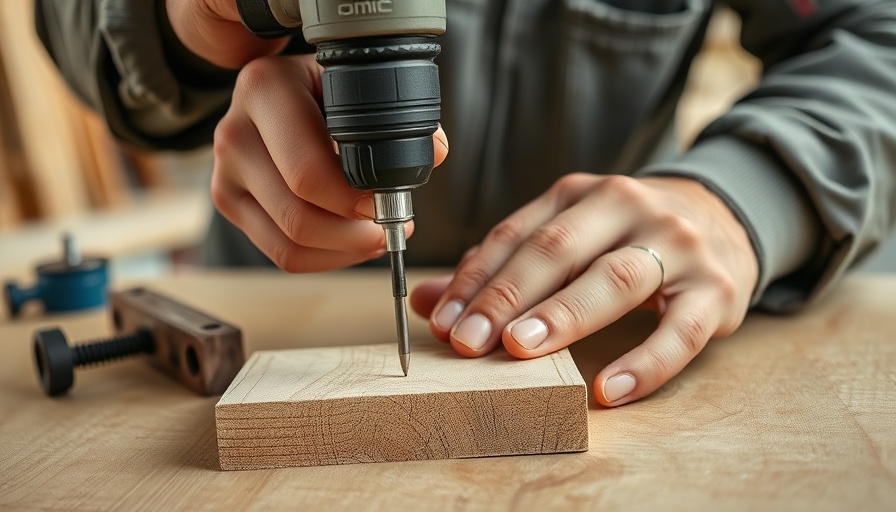
Get to Know Your Drill: The Foundation of Great DIY Projects
Understanding your drill is the first step toward becoming a competent handyman. A drill is one of the most versatile tools in your toolbox. It can be used for a wide variety of DIY projects, from simple home repairs to complex construction tasks. Before you get started, it's crucial to know the key components of your drill, including the motor type, power specifications, and the different features that come with various models. Familiarizing yourself with these elements not only enhances your drilling efficiency but also ensures that you're using the right tool for the job.
Selecting the Right Drill Bits: Materials Matter
The type of drill bit you choose has a significant impact on the outcome of your project. Factors like the material of your drill bit, size, and type (e.g., twist bits, spade bits) can dictate the effectiveness of your drilling efforts. Popular materials include high-speed steel (HSS), carbide-tipped, and masonry bits. Each type serves a specific purpose, so it’s essential to understand which bit suits your surface the best. For instance, HSS bits are great for softwood, while masonry bits are designed for concrete and brick.
Drilling Techniques: Mastering Your Skills
With the right drill and bits in hand, the next step is perfecting your drilling technique. Here are some tips:
- Stability is Key: Ensure the surface you are drilling is stable. Use clamps if necessary to prevent any slip.
- Start Slowly: Begin with a low speed until you get a feel for the material.
- Use a Pilot Hole: For larger holes, start with a smaller pilot hole to guide your larger bit.
Learning about various drilling techniques will not only improve your results but also extend the longevity of your equipment.
Safety First: Best Practices for Home Repairs
Safety should always be your top priority when using a drill. Here are some best practices to keep in mind:
- Wear Protective Gear: Always use safety goggles to protect your eyes, and consider earplugs if you're using a powerful drill.
- Check Your Workspace: Remove any obstacles or hazards in your working area, ensuring there’s adequate ventilation.
- Use the Correct Drill Setting: Different materials require different speeds and torques. Adjust the settings on your drill accordingly to avoid damage.
By adhering to these safety measures, you can minimize the risk of accidents while enjoying your DIY projects.
Maintenance Tips for Longevity: Keeping Your Tools in Shape
Regular maintenance of your drill will ensure it remains in peak condition for all your home improvement tasks. Here are some practical tips for keeping your drill in shape:
- Clean After Use: Remove dust and debris from your drill, as well as bit shavings that can cause wear over time.
- Lubricate Moving Parts: Occasionally, you should lubricate the chuck and moving components with machine oil for smoother operation.
- Store Properly: Store your drill in a dry environment, preferably in its case with all bits organized, to prevent any damage.
Taking a few minutes for maintenance can save you from future headaches and potential costs.
Conclusion: Empower Your DIY Journey
With the right knowledge and tools at your disposal, you’re well-equipped to tackle various projects around your home. From understanding your drill and selecting the right bit to maintaining safety and keeping your equipment in top condition, every step is crucial to becoming an efficient handyman. Remember, the more you practice, the more confident you'll become in your DIY abilities. So gather your tools, keep these tips in mind, and start your next home project today!
 Add Row
Add Row  Add
Add 



Write A Comment